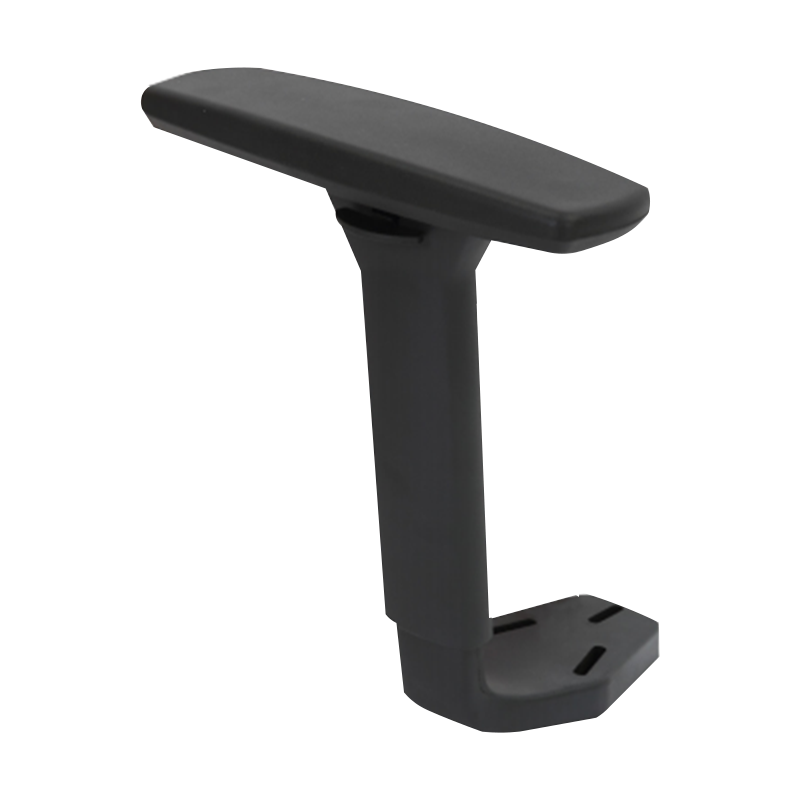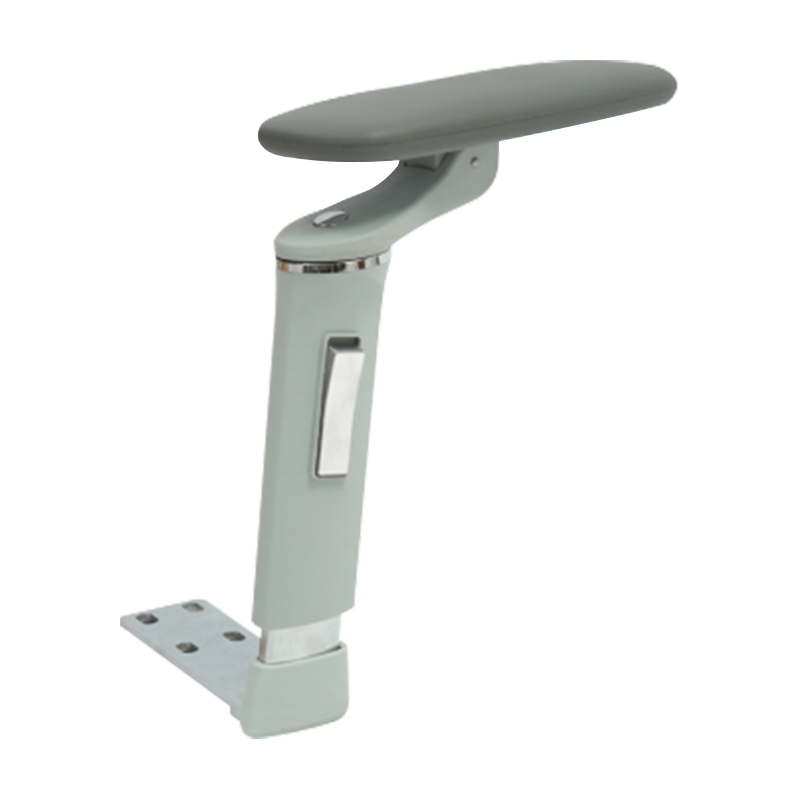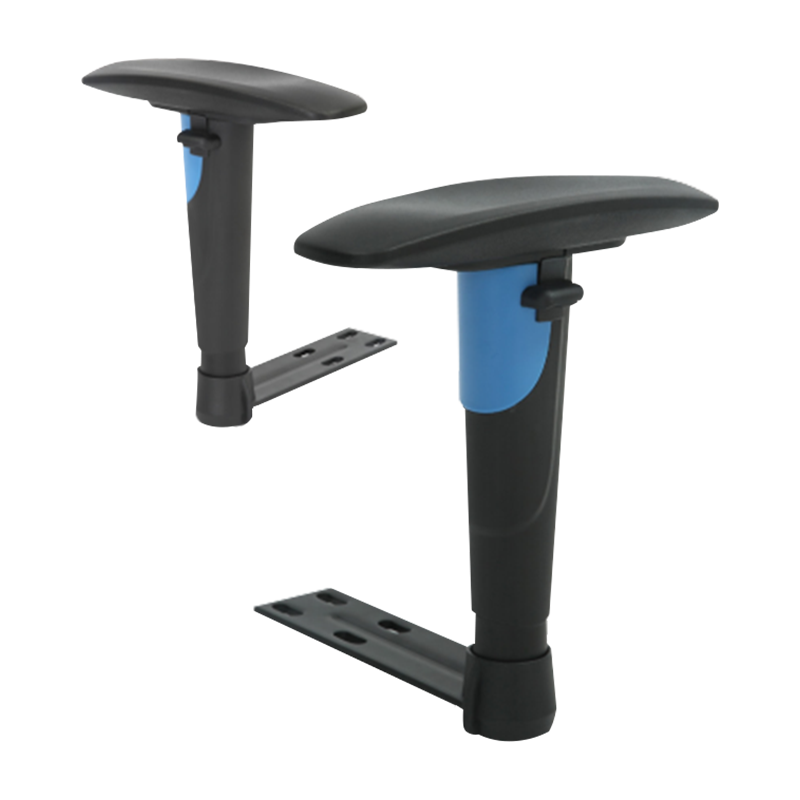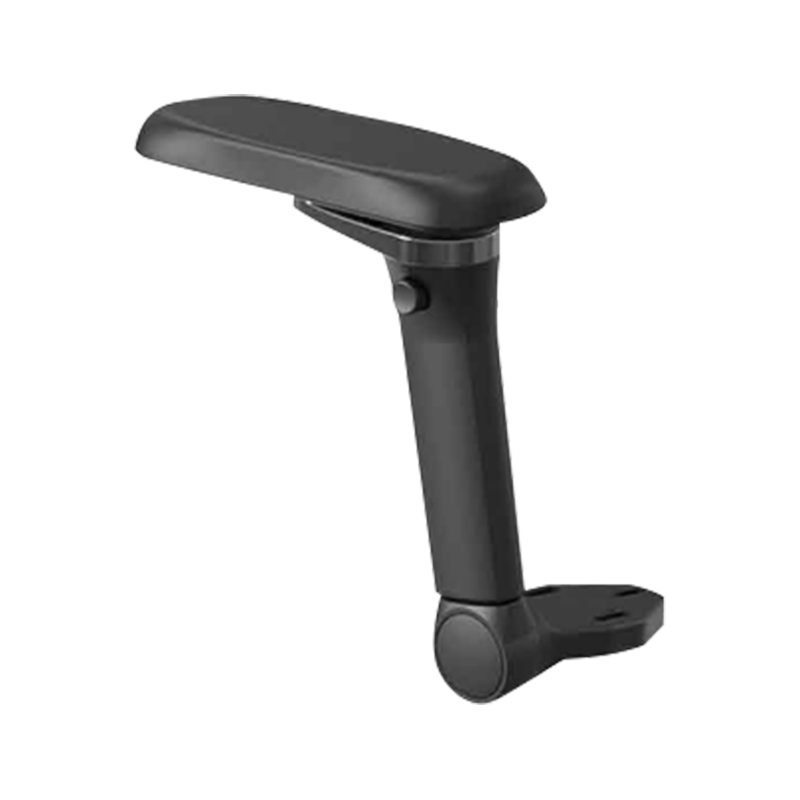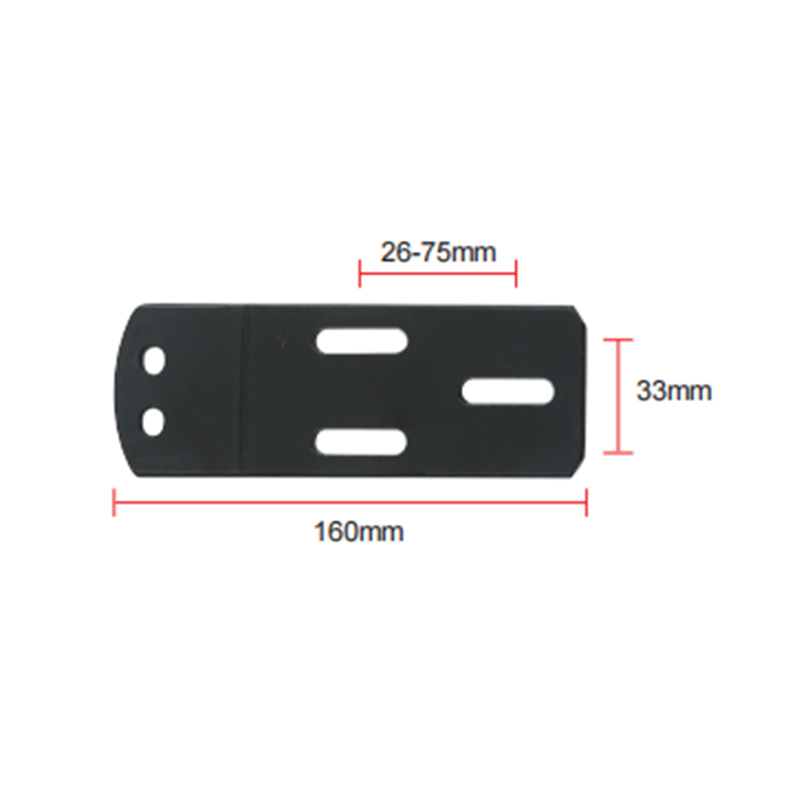Web Menu
Product Search
How to Choose an Ergonomic 3D Adjustable Office Chair with Armrests
Introduction
Selecting the right ergonomic chair is crucial for maintaining posture and comfort during long hours of work. A chair with ergonomic 3D adjustable armrests offers enhanced support, allowing for personalized adjustments that can alleviate shoulder and wrist strain. This guide delves into the features, benefits, and considerations when choosing such a chair.
Understanding 3D Adjustable Armrests
3D adjustable armrests provide three directions of adjustability: height, width, and depth. This flexibility allows users to position the armrests in a way that supports their arms and shoulders optimally. Unlike fixed or 2D armrests, 3D armrests accommodate a wider range of body types and sitting postures.
Benefits of 3D Adjustable Armrests
- Enhanced Comfort: Reduces strain on the shoulders and wrists.
- Improved Posture: Encourages proper alignment of the arms and spine.
- Customization: Accommodates various body sizes and desk heights.
Key Features to Consider
When evaluating ergonomic chairs with 3D adjustable armrests, consider the following features to ensure maximum comfort and support:
- Adjustability Range: Ensure the armrests can move vertically, horizontally, and forward/backward.
- Padding Material: Look for soft yet durable materials that provide comfort during extended use.
- Build Quality: Opt for chairs with sturdy construction to support long-term use.
Comparative Overview: 3D vs. 4D Armrests
While 3D armrests offer three directions of adjustability, 4D armrests add rotational adjustability. The choice between 3D and 4D armrests depends on individual preferences and specific ergonomic needs.
| Feature | 3D Armrests | 4D Armrests |
| Vertical Adjustability | Yes | Yes |
| Horizontal Adjustability | Yes | Yes |
| Forward/Backward Adjustability | Yes | Yes |
| Rotational Adjustability | No | Yes |
703B Environmentally Friendly Hand Protection Material Gaming Chair Office Chair 3D Armrest
Choosing the Right Chair
To select the best ergonomic chair with 3D adjustable armrests, consider the following steps to match your body and workspace needs:
- Assess Your Needs: Consider your daily activities and the amount of time spent sitting.
- Test Adjustability: Ensure the chair allows for easy adjustments to suit your body.
- Evaluate Comfort: Check for adequate padding and support in both the seat and armrests.
- Consider Durability: Look for chairs made from high-quality materials that can withstand prolonged use.
FAQ
What are the advantages of 3D adjustable armrests over fixed armrests?
3D adjustable armrests offer greater flexibility, allowing users to customize their arm position for optimal comfort and support. This adjustability can help reduce strain on the shoulders and wrists, promoting better posture and long-term ergonomic health.
Are 3D adjustable armrests suitable for all body types?
Yes, the adjustability of 3D armrests makes them suitable for a wide range of body types and desk setups. They can be tailored to individual needs, providing personalized support for both smaller and larger users.
How do 3D armrests contribute to overall ergonomic health?
By allowing for proper alignment of the arms and shoulders, 3D armrests help maintain a neutral posture. This reduces the risk of musculoskeletal discomfort and long-term injuries commonly associated with prolonged sitting and poor posture.

 Feel free to contact us
Feel free to contact us
- Product Fast Links
- Office Chair Armrest
- Hardware Steel Plate
- Polyurethane PU Surface
- Casters
- Contact Information
- Tangpu Industrial Park, Anji County, Huzhou City, Zhejiang Province, China
- [email protected]
- +86-13567973388



 English
English  Español
Español  عربى
عربى 
